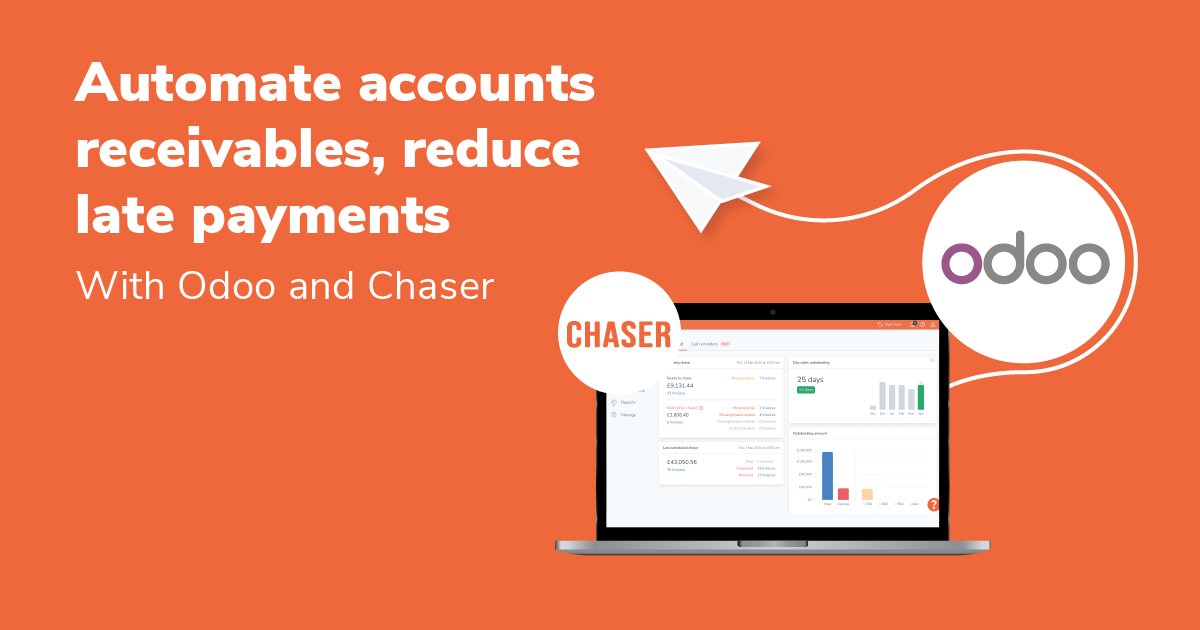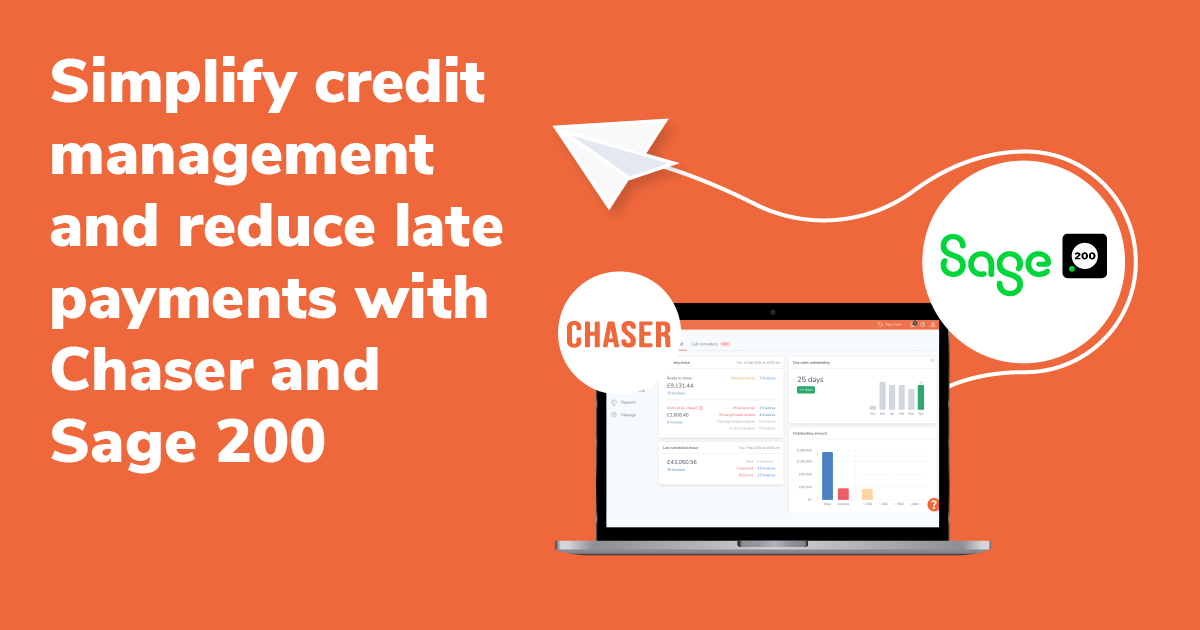Topic: Credit control & accounts receivables (2)

Outstanding receivables: How long is too long for AR to remain unpaid?
In the realm of business transactions, accounts receivable (AR) play a pivotal role in maintaining financial...

Account receivables discounting: Meaning and how it works
Account receivables discounting, also known as invoice discounting or factoring, is a financial transaction...

Automate accounts receivables, reduce late payments with Odoo and Chaser
Chaser has launched a new integration with Odoo, bringing automated accounts receivable management to...
%20-%20Calculation%20of%20average%20collection%20period.webp)
How to use the Average Collection Period formula to reduce Days Sales Outstanding
The Average Collection Period (ACP), also known as Days Sales Outstanding (DSO), can be calculated using the...

What is a soft credit check? Soft pull vs hard pull
When applying for a business loan or credit card, you may encounter two types of credit checks: soft pulls...

Business credit scores: what they are & where to get yours
A business credit score is a numerical representation of a company’s creditworthiness and financial...

How to ask for payment professionally in message
Asking for payment can be a delicate situation, especially when dealing with clients or customers. Striking...

Early payment discount: what is it & how and when to use it?
In today's fast-paced business environment, managing cash flow effectively is crucial for maintaining...

Simplify credit management, reduce late payments: Chaser and Sage 200
Chaser has launched a new integration with Sage 200, bringing automated accounts receivable management to...

Debtor vs creditor: What's the difference and how to manage both
Are you constantly juggling invoices, chasing overdue payments, and struggling to maintain a healthy cash...
.png)
What is an accounts receivable aging report?
What is AR aging? An accounts receivable aging report summarizes the age of outstanding invoices and provides...

What is an accounts receivable journal entry? Quick guide
An accounts receivable journal entry is a critical component of the accounting process for businesses that...